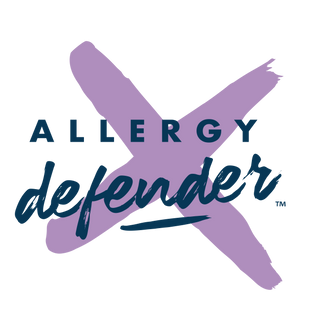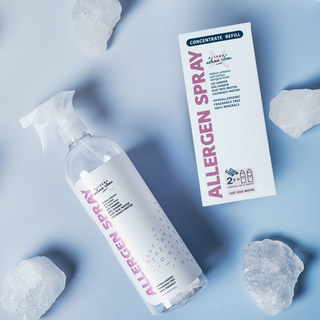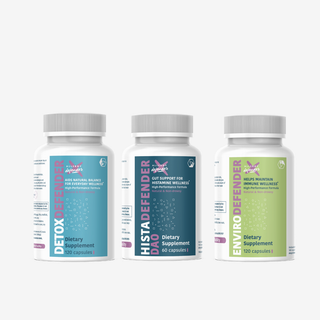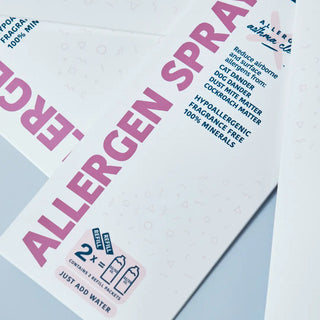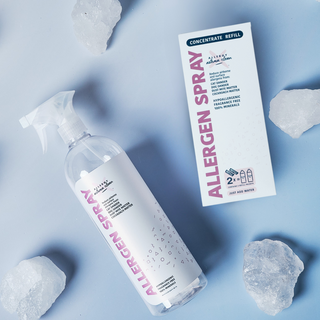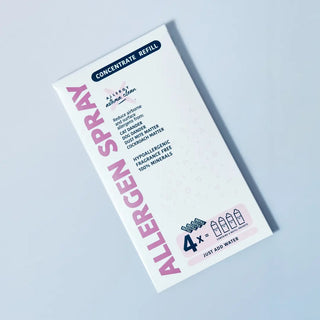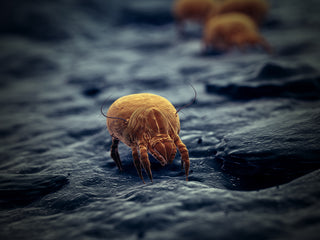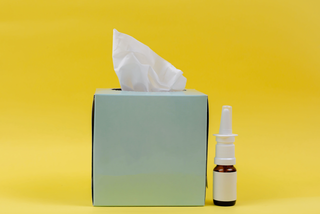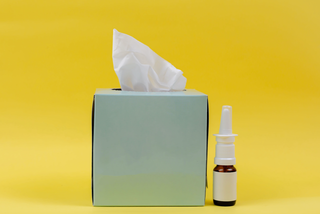Key Takeaways:
- Seven common allergy symptoms – sneezing and runny nose, itchy red watery eyes, congestion, coughing or wheezing, hives or skin rash, asthma exacerbation in sensitive individuals, can significantly impact daily activities and quality of life
- Pet allergen sources – microscopic dander (skin flakes) from cats, dogs, rodents, birds, fur/feather animals become airborne; additional allergens in pet urine, saliva, and feces; genetics plays a role with family allergy history, increasing the risk
- Pet dander removal strategies – keep pets out of bedrooms and frequently used areas, use HEPA filters in the HVAC system to trap allergens, wash bedding/curtains/pet beds frequently in hot water, regularly bathe and groom pets (including cats if possible)
- Natural remedy options – quercetin (natural bioflavonoid acting as an antihistamine and anti-inflammatory), butterbur (reduces nasal symptoms), stinging nettle (natural antihistamine), probiotics (boosts gut health and immune response); provide relief without medication side effects like dry mouth or drowsiness
- An anti-inflammatory diet is essential – eat whole grains, dark green vegetables, cruciferous vegetables (broccoli, cabbage), dark deep-colored fruits (blueberries), meats and poultry; avoid sugars, refined carbs (white bread), seed oils, and alcohol
- Holistic wellness practices – regular exercise boosts immune system function, stress-reducing activities (yoga, meditation) support overall allergy management; consult a healthcare professional before implementing new strategies, especially for severe allergies or underlying conditions
Understanding Pet Allergies
Pet allergies occur when the immune system overreacts to proteins found in an animal's skin cells, urine, or saliva. These reactions can lead to a range of unpleasant symptoms, affecting an individual's quality of life (think about sneezing and having a runny nose every time you pet your dog!). Understanding the causes and symptoms of pet allergies is the first step towards effective allergy management.
Common Symptoms of Pet Allergies
Allergy symptoms can vary from mild to severe and often include:
- Sneezing and a runny nose
- Itchy, red, or watery eyes
- Congestion
- Coughing or wheezing
- Hives or skin rash
- Asthma exacerbation in sensitive individuals
These symptoms can significantly impact your daily activities and overall well-being, making it pretty darned crucial to seek effective allergy relief solutions.
Causes of Pet Allergies
The primary cause of pet allergies is exposure to pet dander, which consists of tiny, even microscopic, flecks of skin shed by cats, dogs, rodents, birds, and other animals with fur or feathers. Other potential allergens include the pet's urine, saliva, and feces. These pet allergens can easily become airborne, leading to your allergy symptoms.
Genetics also plays a role, as those with a family history of allergies are more likely to develop pet allergies.
Effective Allergy Management Ideas
1. Pet Dander Removal
Reducing exposure to pet dander is a crucial step in managing pet allergies. Try these practical tips:
- Keep pets out of bedrooms and other areas where you spend a lot of time. (This is not as easy as it sounds. Be firm.)
- Use high-efficiency particulate air (HEPA) filters to trap allergens in your HVAC system.
- Wash bedding, curtains, and pet beds frequently in hot water.
- Regularly bathe and groom pets (cats included if you can!) to reduce dander.
2. Allergy Relief through Natural Remedies
Natural remedies can provide effective allergy relief without the side effects (dry mouth, drowsiness) of conventional medications:
- Quercetin: This natural bioflavonoid acts as an antihistamine and anti-inflammatory agent.
- Butterbur: Known for its ability to reduce nasal symptoms.
- Stinging Nettle: Often used as a natural antihistamine.
- Probiotics: Boosts gut health to help improve immune response.
3. Holistic Wellness Approaches
Incorporating holistic wellness practices can further aid in managing your pet allergies:
- Adopt a diet rich in healthy anti-inflammatory foods (which includes whole grains, dark green veggies and other cruciferous vegetables such as broccoli and cabbage, dark deep colored fruits such as raspberries and blueberries, and meats and poultry). Avoid sugars, refined carbs like white bread, seed oils, and alcohol.
- Practice regular exercise to boost the immune system
- Engage in stress-reducing activities such as yoga or meditation
Conclusion
Dealing with pet allergies can be challenging, but with an understanding of allergy symptoms, causes, and management ideas, it is possible to find relief. By using pet dander removal techniques, exploring natural remedies, and embracing holistic wellness, you can improve your quality of life despite having allergies.
Remember, consulting with a healthcare professional is always recommended when implementing new health strategies, especially for those with severe allergies or underlying health conditions.
